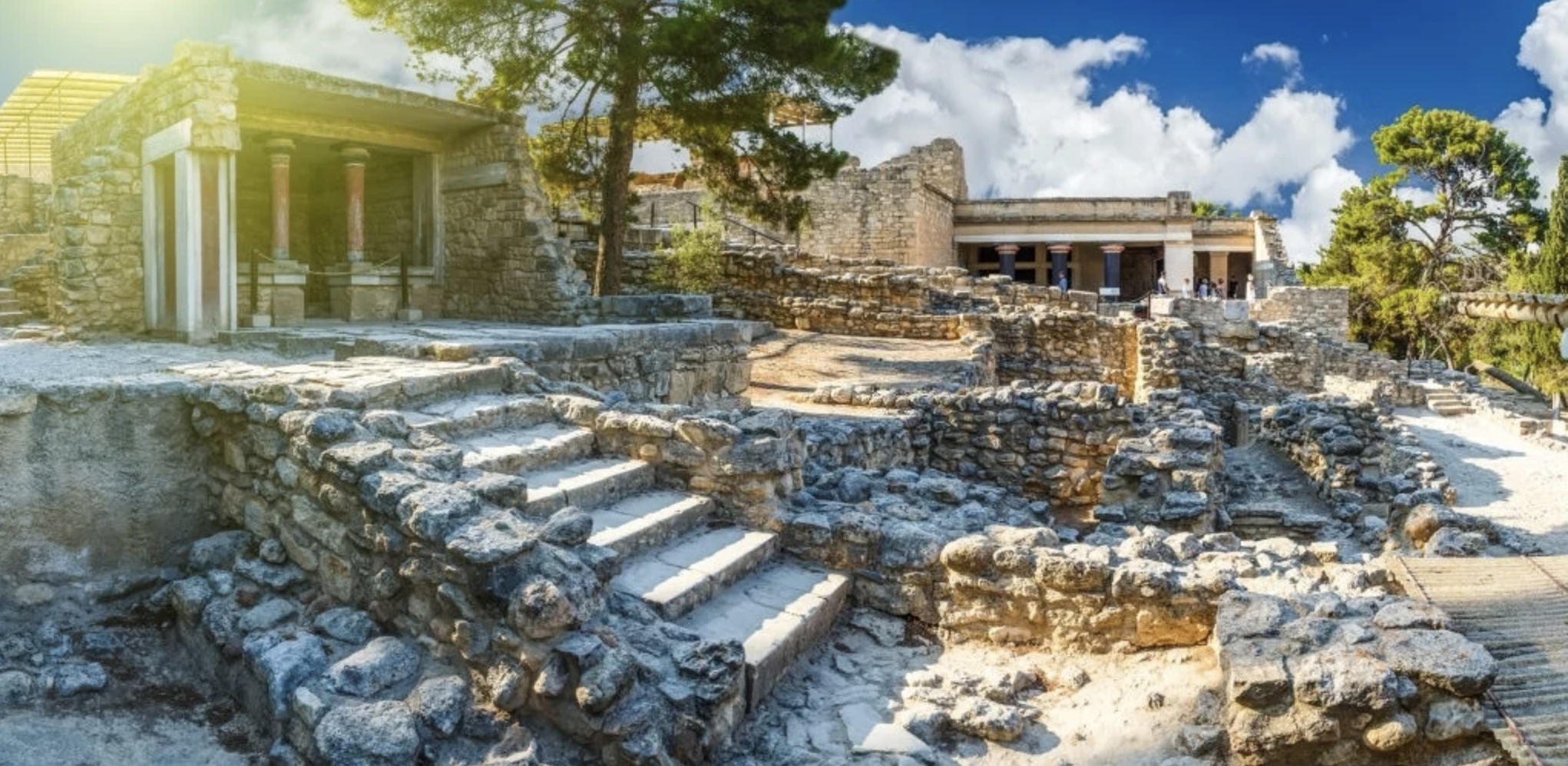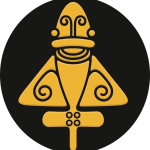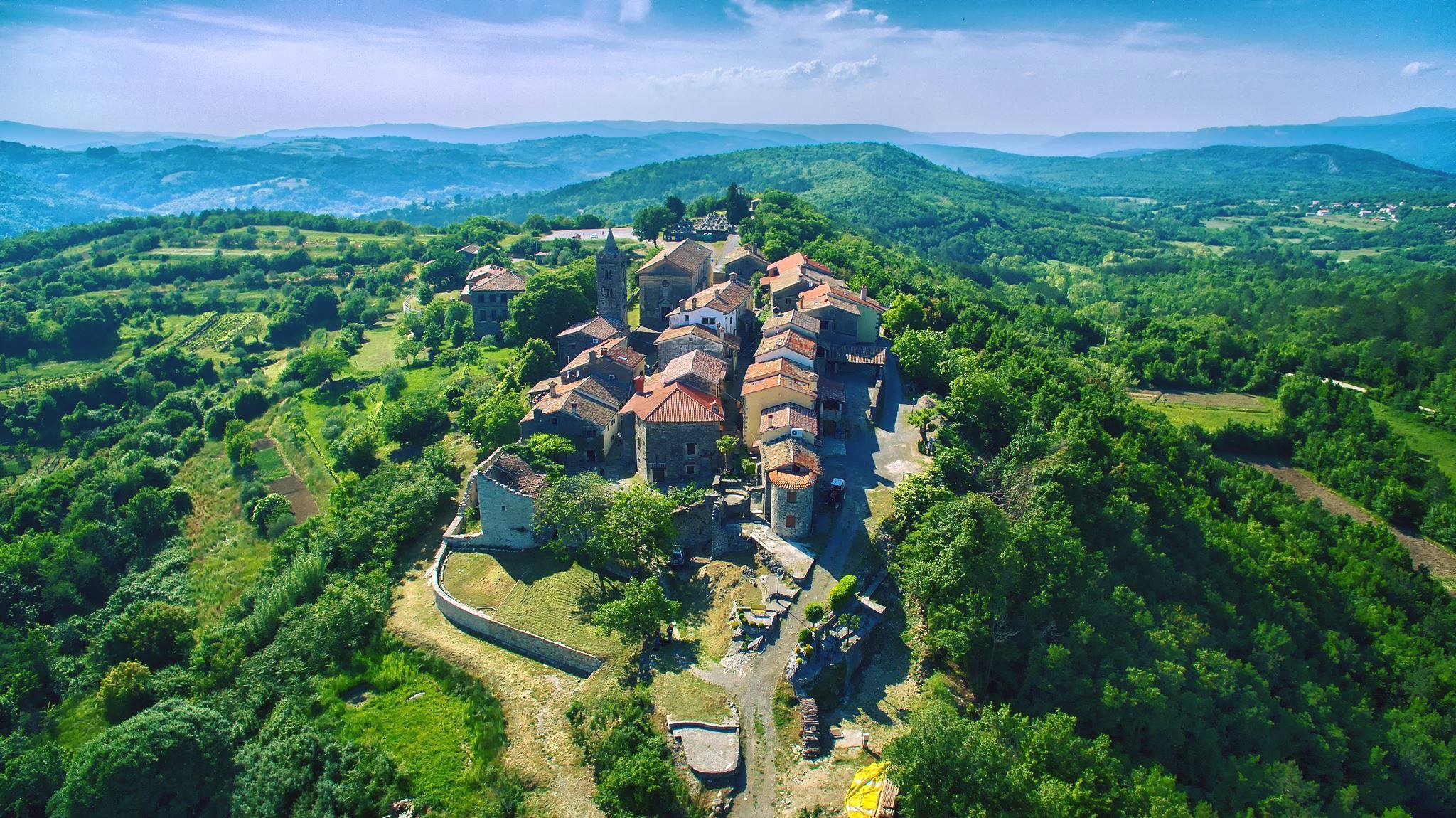The Flourishing of Minoan Society
The Minoan civilization, which emerged around 2600 BC and lasted until approximately 1400 BC, was a highly advanced society on the island of Crete. Known for its intricate palace complexes, stunning frescoes, and the mysterious Linear A script, the Minoans left a lasting legacy that continues to captivate archaeologists and historians alike.
The Discovery of the Minoan Civilization
The rediscovery of the Minoan civilization began in the early 20th century, when British archaeologist Sir Arthur Evans uncovered the ruins of the ancient palace of Knossos. The excavations revealed a remarkably sophisticated society with a vibrant culture and advanced technological achievements, leading Evans to name the civilization after the legendary King Minos of Crete.
The Palace Complexes: Architectural Marvels
One of the defining features of the Minoan civilization was the construction of elaborate palace complexes, which served as political, religious, and economic centers. The most famous of these is the Palace of Knossos, which featured a sprawling labyrinthine layout, advanced plumbing systems, and exquisite frescoes depicting scenes from Minoan life. Other notable palaces include those at Phaistos, Malia, and Zakros.
Minoan Art: A Window into Ancient Crete
Minoan art provides invaluable insight into the daily life, beliefs, and values of the civilization. Frescoes, pottery, and other artistic artifacts depict scenes of religious rituals, bull-leaping, and marine life, highlighting the Minoans’ connection to the sea and nature. Minoan art is characterized by its vivid colors, dynamic movement, and naturalistic style, setting it apart from contemporary Bronze Age cultures.
The Mysterious Linear A Script: An Unsolved Puzzle
The Minoans developed their own writing system, known as Linear A, which remains one of the greatest unsolved mysteries of the ancient world. Though thousands of inscriptions have been found on clay tablets, seals, and pottery, the script has yet to be deciphered, leaving many questions about the Minoans’ language, history, and culture unanswered.
Religion and Ritual in Minoan Society
Religion played a central role in Minoan society, with a pantheon of gods and goddesses closely tied to nature and fertility. The Minoans held elaborate ceremonies and rituals, which often involved the use of sacred symbols, such as the double-headed axe (labrys) and the sacred horns of consecration. The prominence of female figures in Minoan art suggests that the civilization may have been matriarchal and that a mother goddess was central to their belief system.
The Minoan Economy: A Thriving Maritime Trade Network
The Minoan civilization was a powerful maritime power, with an extensive trade network that spanned the Mediterranean. The island of Crete was rich in resources, such as timber, metals, and agricultural products, which were exchanged for luxury goods from Egypt, the Near East, and mainland Greece. This trade network contributed to the prosperity and cultural exchange that characterized Minoan society.
The Decline and Fall of the Minoan Civilization
Around 1450 BC, the Minoan civilization experienced a sudden and dramatic decline. The reasons for this collapse are still debated among scholars, with theories ranging from natural disasters, such as earthquakes and volcanic eruptions, to invasions by foreign powers, such as the Mycenaeans from mainland Greece. Whatever the cause, the fall of the Minoan civilization marked the end of an era in ancient Crete.
The Legacy of the Minoan Civilization
Despite its collapse, the Minoan civilization left a lasting legacy that continues to shape our understanding of the ancient world. The stunning artistic achievements and advanced technologies of the Minoans influenced later civilizations, such as the Mycenaeans and the Classical Greeks, who incorporated elements of Minoan culture into their own societies.
Moreover, the Minoan civilization has captured the imagination of countless generations, inspiring literature, art, and even modern theories about the origins of the myth of Atlantis. As archaeologists and historians continue to study the Minoan civilization, they uncover new insights into this remarkable culture that once thrived on the island of Crete.
Ongoing Research and Discoveries
The study of the Minoan civilization is far from over, as ongoing research and excavations continue to reveal new information about this enigmatic culture. Recent discoveries, such as the possible identification of a Minoan shipwreck off the coast of Turkey and the unearthing of additional palace complexes on Crete, are expanding our understanding of Minoan society and its connections with the wider ancient world.
Additionally, efforts to decipher the Linear A script continue, with scholars employing advanced technologies and interdisciplinary approaches in the hopes of unlocking the secrets of this elusive writing system.
The Minoan civilization represents a fascinating chapter in the history of the ancient world, with its remarkable achievements in art, architecture, and technology. As we continue to explore the mysteries surrounding this Bronze Age culture, the legacy of the Minoans serves as a testament to the enduring power of human creativity and innovation.
I am the Librarian, and I, together with the guardians of the Ancient Library, curate content for this site. Welcome, and enjoy your stay.





